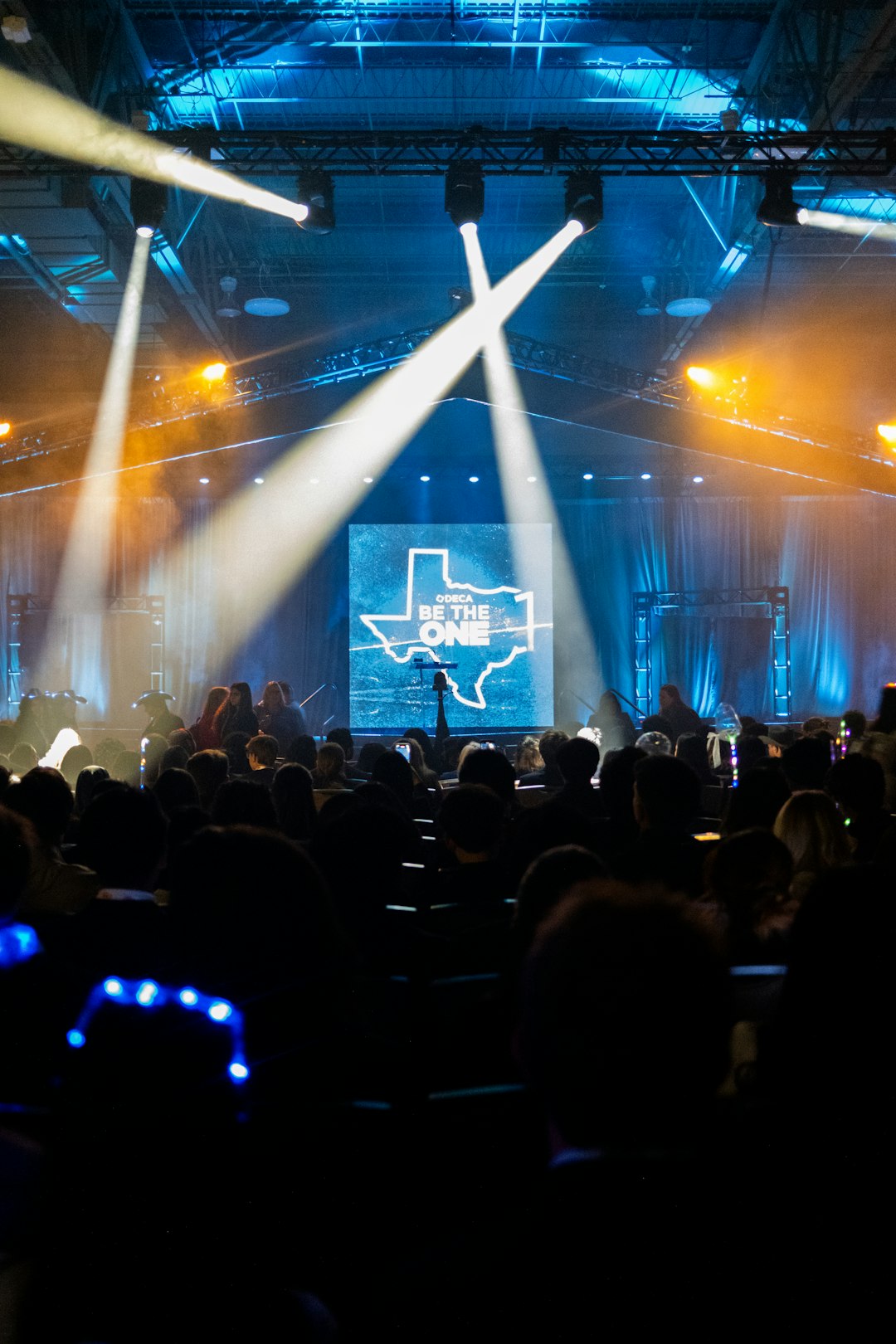Nostalgia is a powerful emotion that can evoke feelings of warmth, happiness, and longing for the past. In media and entertainment, nostalgia plays a significant role in shaping content and connecting with audiences on a deeper level. From remakes and reboots to retro-inspired fashion and music, the impact of nostalgia in media and entertainment is undeniable.
One of the most common ways nostalgia is used in media is through remakes and reboots of popular films and television shows. Hollywood has capitalized on audiences’ love for the familiar by revisiting classic stories and bringing them back to the screen with a modern twist. Films like “The Lion King,” “Aladdin,” and “Beauty and the Beast” have all been remade in recent years, appealing to both older fans who grew up with the originals and a new generation of viewers who are experiencing these stories for the first time.
Similarly, television networks have found success in reviving beloved shows from the past, such as “Fuller House,” “Will & Grace,” and “Gilmore Girls.” By tapping into the nostalgia of fans who have fond memories of watching these shows when they were younger, networks are able to create buzz and excitement around their reboots, attracting a loyal audience base.
In addition to remakes and reboots, nostalgia also plays a role in shaping fashion trends and music in media and entertainment. Fashion designers often draw inspiration from past decades, incorporating elements of retro styles into their collections. From bell-bottom jeans and tie-dye shirts to neon colors and bucket hats, fashion trends often cycle back into popularity, appealing to consumers who have a nostalgic connection to these styles.
Similarly, music artists frequently sample classic songs or pay tribute to iconic musicians from the past in their own work. Whether it’s a remix of a hit song from the ’80s or a cover of a timeless ballad, music that evokes nostalgia can resonate with listeners on a deep emotional level. Artists like Bruno Mars and Adele have successfully incorporated elements of retro music into their own sound, appealing to fans who appreciate the nostalgia of the past.
The impact of nostalgia in media and entertainment extends beyond just the content itself – it also affects how audiences engage with and consume media. Social media platforms like Instagram and TikTok have become popular venues for sharing nostalgic content, such as throwback photos, videos, and memes. These platforms allow users to connect with others who share similar memories and experiences, creating a sense of community and belonging.
Furthermore, streaming services like Netflix and Disney+ have made it easier than ever for viewers to access a vast library of classic films and television shows from the past. By offering a wide range of nostalgic content, these platforms cater to audiences who seek comfort and familiarity in the stories they grew up with, as well as introducing these classics to a new generation of viewers.
Despite its positive impact, nostalgia in media and entertainment can also have its drawbacks. Some critics argue that the reliance on nostalgia can stifle creativity and innovation, leading to a saturation of remakes and reboots that lack originality. Additionally, the constant bombardment of nostalgic content can prevent audiences from seeking out new and diverse voices in media, limiting their exposure to fresh perspectives and ideas.
However, when used thoughtfully and creatively, nostalgia can be a powerful tool for connecting with audiences and creating meaningful content. By tapping into the emotions and memories associated with the past, media and entertainment creators can evoke a sense of joy and nostalgia in their viewers, fostering a sense of connection and unity.
In conclusion, the impact of nostalgia in media and entertainment is undeniable. From remakes and reboots to fashion trends and music, nostalgia plays a significant role in shaping content and connecting with audiences on a deeper emotional level. While nostalgia can be a powerful tool for creating meaningful and engaging content, it is important for creators to strike a balance between honoring the past and exploring new and innovative ideas. By harnessing the power of nostalgia responsibly, media and entertainment creators can captivate audiences and create lasting connections that endure through time.









